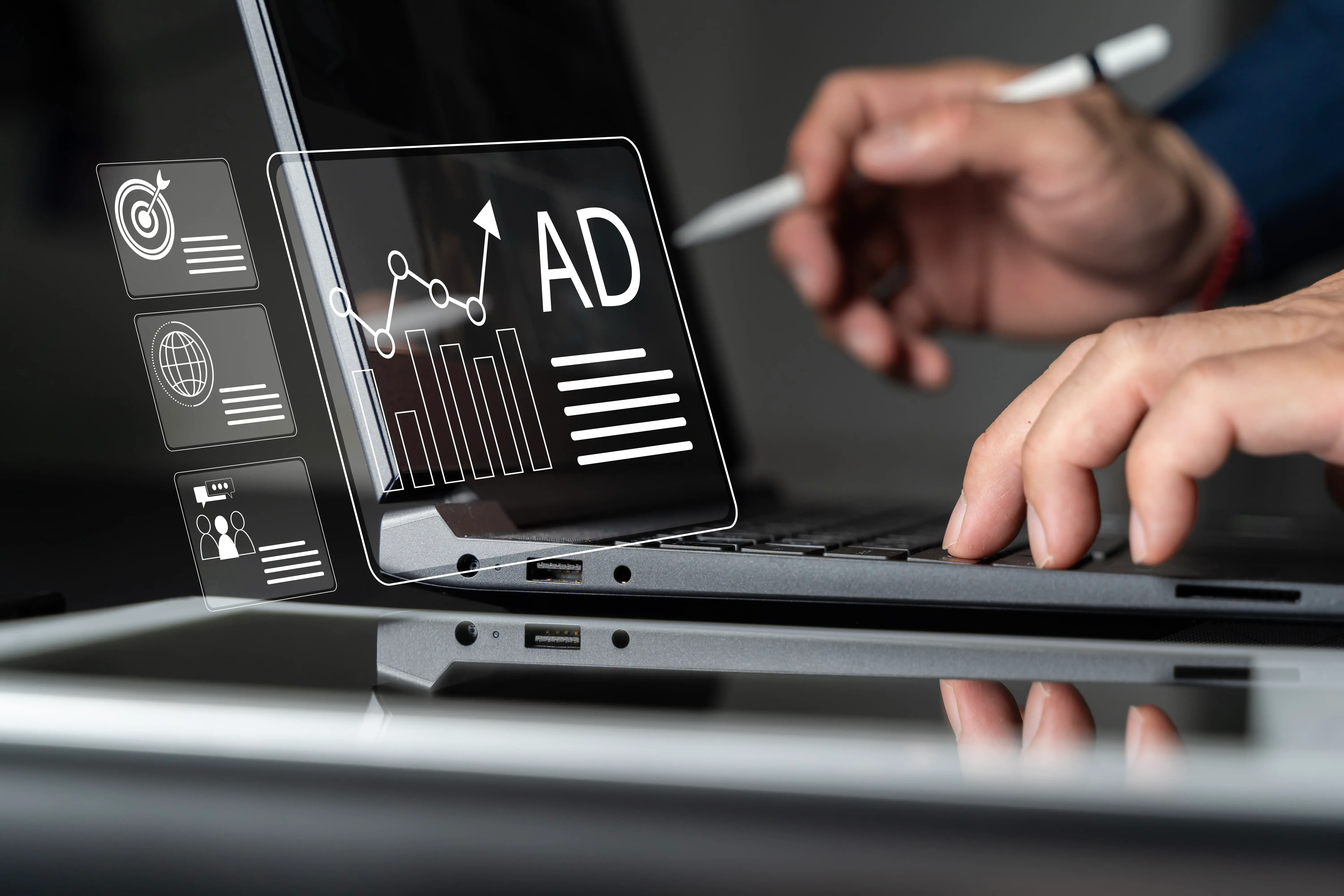.webp)
In a marketing world defined by data, creativity, and automation, mastering the modern ad campaign remains one of the most powerful ways to drive measurable growth. In 2025, global ad spend is projected to reach $1.17 trillion, with digital advertising surpassing $700 billion, accounting for nearly 73% of total investment. Yet even as digital channels dominate, leading brands are redistributing budgets across hybrid, omnichannel campaigns that combine social, video, influencer, and search strategies to achieve full-funnel results (Statista).
According to Nielsen’s Marketing ROI Blueprint, 38% of marketers now rank measurable ROI as their top campaign objective, proving that the future of advertising lies in combining performance data with compelling storytelling. Successful campaigns today merge creativity and analytics into a seamless system—where every impression and click connects awareness, engagement, and conversion.
This guide from Future Digital explores how to plan, execute, and optimize ad campaigns that deliver both brand equity and measurable ROI.

An ad campaign is a coordinated series of ads built around one core goal, message, and audience. Unlike one-off promotions, campaigns are long-term efforts designed to achieve specific business objectives—such as brand awareness, lead generation, or customer acquisition.
Modern ad campaigns operate across multiple channels:
Each placement serves a role in a larger ecosystem. When unified by data and strategy, these channels compound their impact and maximize ROI.
The most successful ad campaigns are built on five key elements:
Define your campaign’s purpose—awareness, lead generation, or conversions—before creative development begins. Setting KPIs such as CTR, CPA, ROAS, or conversion rate ensures your campaign stays focused and measurable.
AI and predictive analytics now enable advanced audience segmentation. Platforms like Meta and Google Ads identify users based on purchase intent, location, or online behavior. This precision improves performance and reduces wasted ad spend.
Creative quality accounts for nearly half of campaign ROI, according to Nielsen. Successful ad campaigns balance brand consistency with curiosity—through clear messaging, relatable visuals, and emotionally resonant narratives that cut through feed fatigue.
Smart bidding models such as Target CPA or ROAS optimization help automatically allocate budget to the highest-performing segments. The goal is to scale what works and trim what doesn’t, ensuring your campaign stays profitable from day one.
Without analytics, even great campaigns lose momentum. Marketers use tools like GA4, Meta Pixel, and UTM tracking to understand which creatives, audiences, and platforms drive the best results. According to HubSpot, brands that refresh ad creative every 4–6 weeks see engagement rise by up to 38%.
Let’s talk about how data, creativity, and performance strategy can drive real growth.
Partner with Future Digital to turn insights into measurable results.
Different campaign types align with different goals. Here are the ones leading brands use most effectively:
Meta, TikTok, and LinkedIn remain top platforms for brand storytelling and customer acquisition.
Google Ads remains the powerhouse for capturing high-intent traffic, while display and programmatic ads boost awareness. Programmatic placements now make up 90% of digital display buys, streamlining efficiency and scale.
With influencer-driven media projected to exceed $24 billion globally, creators are now core to brand performance. These campaigns combine reach with authenticity, building long-term community trust that outlasts one-time ads.
Video outperforms static ads by 120% in engagement (Statista), and CTV placements on YouTube, Hulu, and Roku are merging traditional storytelling with digital measurement.
Retargeting remains essential for recapturing buyer intent. Linking CRM data and ad platforms allows for personalized follow-up campaigns that convert interest into action.

Every high-performing ad campaign follows a strategic, repeatable process:
Campaigns that evolve weekly drive 2.4x higher ROI than static ones, according to HubSpot’s 2025 marketing benchmarks.
Ad campaigns perform best when integrated into your full marketing ecosystem. Paid media is most powerful when connected to CRM data, email marketing, and long-term retention strategies.
For example:
Learn how integrated campaigns drive real outcomes in How Retail Brands Can Drive Growth with Smarter Social Media Marketing in 2025.
A DTC skincare brand partnered with Future Digital to improve ad performance across Meta and Google. The brand’s ROAS had plateaued below 2.5x, and acquisition costs were climbing.
Future Digital implemented a unified, data-driven strategy:
In just three months:
The result: sustained growth powered by measurable creative performance.
High-performance ad campaigns rely on technology that connects creative, data, and automation:
These platforms help marketers optimize spend, test messaging faster, and measure ROI across the funnel.
The next generation of ad campaigns is intelligent, integrated, and measurable. Brands that combine creative excellence with automation and analytics outperform those focused solely on impressions or clicks.
Nielsen reports that 60% of top-performing brands now combine brand awareness and ROI tracking into unified campaign measurement systems, proving that growth comes from merging art with science.
As marketing continues to evolve, campaigns that fuse creativity, data, and authentic storytelling will define the most successful brands. Whether your goal is to expand reach or deepen customer retention, the strongest results come from blending online precision with offline trust.
To see how traditional channels still shape digital success, explore Traditional Marketing Channels in 2025: Why Offline Still Drives ROI.
And if you’re ready to elevate your brand’s performance, discover how Future Digital helps businesses build ad campaigns that connect creativity with measurable ROI—turning strategy into sustained growth.